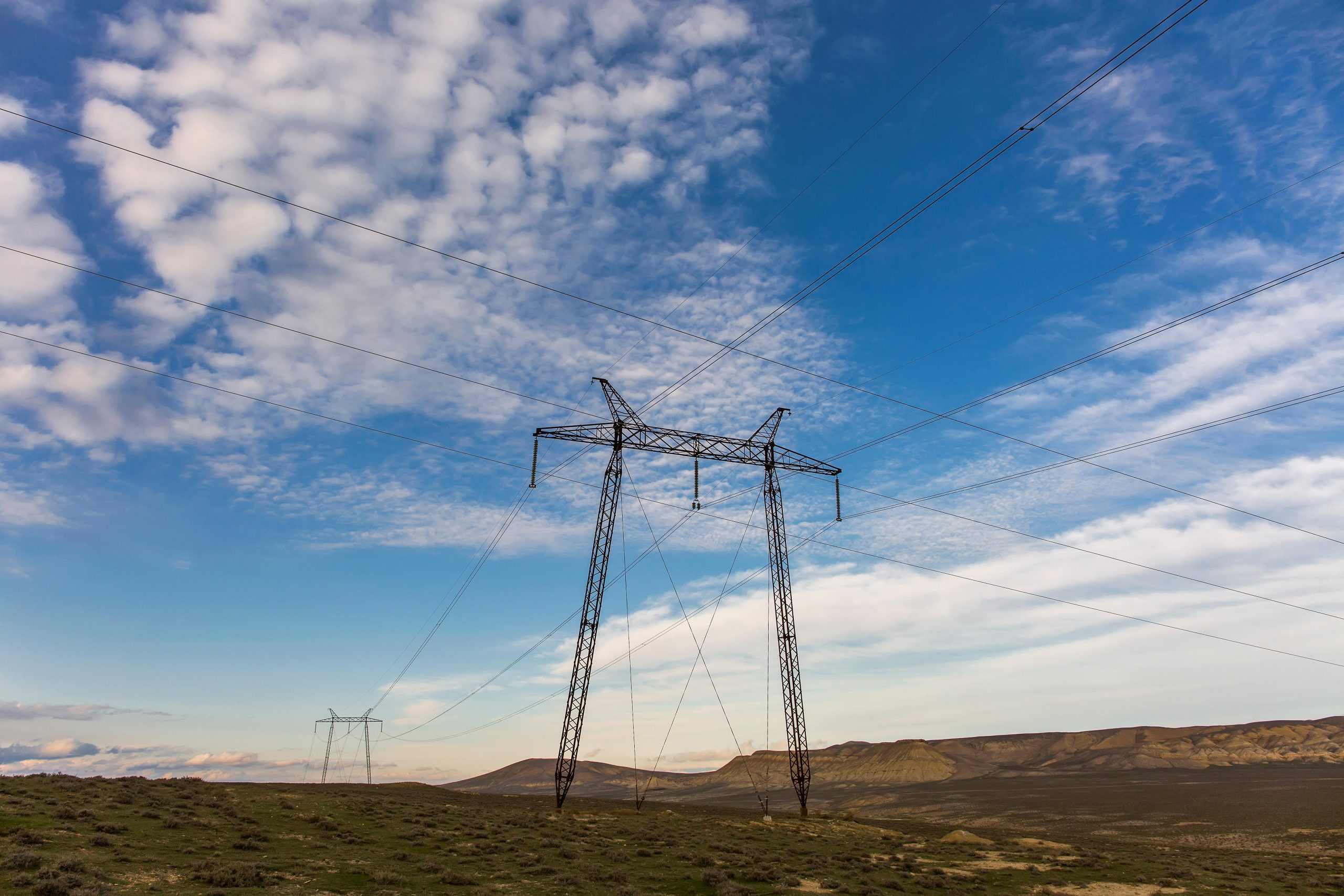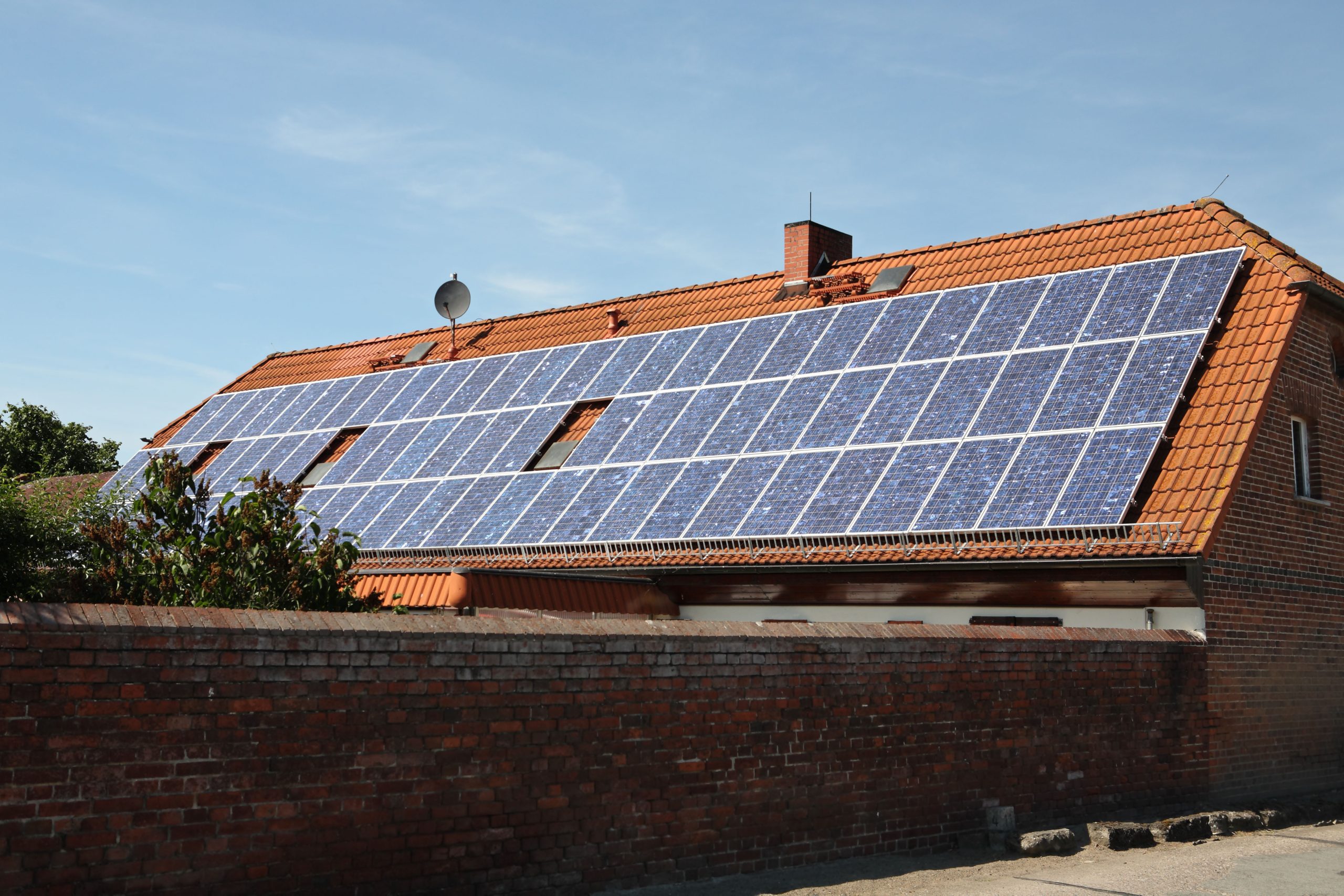Chapter 3:
Recommendations
In this chapter
Closing the gap
Coal mine methane emissions must fall by 75% by 2030 to be on track for 1.5 degrees, according to the IEA’s Net Zero analysis. Closing the information gap between estimated and emitted emissions is the first step to cutting methane emissions, the strongest lever we have to slow climate change in the short term.
The first step towards reducing global CMM emissions is accurately monitoring and reporting on them. However, even today, estimates of global and national CMM emissions have been done using inventories and default emissions factors which do not adequately represent real-life emissions.
The technologies for measuring methane are already available and verification techniques are rapidly improving. With a concerted effort globally, understanding and mitigating this methane source is a feasible, rapid solution to slow near term global warming.
Ember has developed three key recommendations to aid governments in understanding the scale of their coal mine methane emissions, and unlocking the potential to destroy or capture and utilise the potent greenhouse gas.
4.1
Require all coal mines to directly measure and report their methane
All coal mines, including surface, underground and decommissioned mines, should be required to directly measure and monitor their methane emissions, using technologies and techniques that take measurements continuously, or as near as possible. Coal mine operators should also be required to verify measurements of each mine’s methane emissions using top-down methods. Improved monitoring will ultimately contribute to more effective methane management at the coal site, increasing the safety of mine workers by reducing the explosion risk, and improving profit margins.
Principles for best-practice monitoring, verification and reporting (MRV) are being developed by the United Nations Environment Programme’s International Methane Emissions Observatory (IMEO) as part of the Steel Methane Partnership. We recommend that governments develop and implement MRV policies and laws that align with draft guidelines from UNEP’s IMEO to improve domestic methane monitoring and allow governments to track progress towards national reduction targets.
4.2
Invest in satellite verification and publicly available emissions data
In addition to company-led verification, Ember recommends governments implement a program to periodically verify company reported emissions through aerial flyovers and satellite studies, to improve the accuracy of company reporting. Governments should also make coal mine level methane emissions data publicly available, to facilitate public access to information and to allow for verification by independent third parties.
International investment in satellite technology means that remote methane monitoring technologies are continuously and rapidly improving. Recent satellites, as well as those in development, have higher spatial resolutions, more frequent coverage and improved detection thresholds.
New satellites such as the GHGsat constellation, EnMAP, Carbon Mapper, CHIME, EMIT and MethaneSat will provide a more thorough picture of national, and mine-by-mine, CMM emissions. Governments should utilise this new capability to better understand emissions, spot super-gassy mines, and design policy tools to improve the tracking and mitigation of CMM.
4.3
International support for low-income countries
There are many reasonable, and affordable steps that the coal industry could take to reduce emissions. The IEA estimates that it is technically possible to avoid 53% of global CMM emissions with existing technologies, 13% of this is at no net cost.
Financial and technical assistance should be given to low-income countries to ensure coal companies are adequately incentivised to capture their coal mine methane emissions. Support on developing National Methane Plans, improving the tracking of CMM emissions and reduction targets, and in implementing best-practice MRV will be vital to ensure that companies act on reducing their emissions.
The Environmental Investigation Agency (EIA) found that the current level of assistance is not adequate for delivering on the Global Methane Pledge, recommending that donor countries take the lead in providing financial support.
Where the coal is used must also be taken into consideration. For all signatories to the Global Methane Pledge, reducing coal mine methane emissions presents a big opportunity to meet the collective goal of reducing global methane emissions by 30% by 2030. Many middle-high income countries use the coal that is mined in lower income countries and should provide support to reduce these collective emissions at the source.

Related Content



